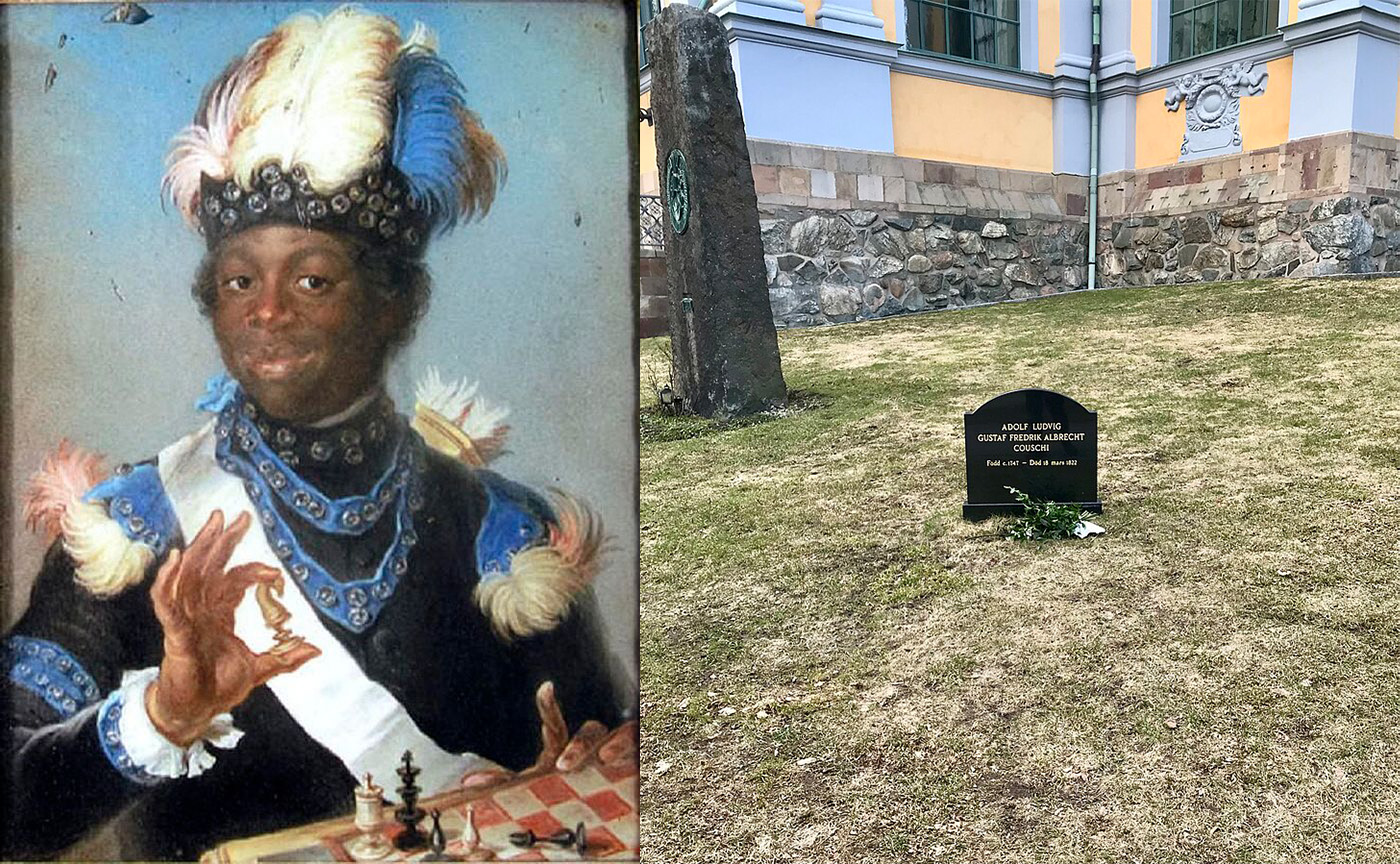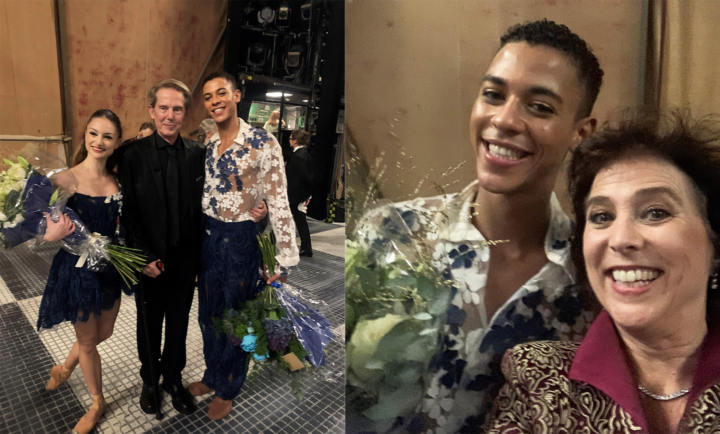Ballet about Sweden’s Unknown Prince Brings New Light to Confidencen
The story of the dancer Badin is now being brought to life. The full-length ballet Gustavia premiered at the Royal Swedish Opera, choreographed by Pär Isberg, updating Sweden’s dance history. In a conversation with Court Dancer and Confidencen’s Theater Director Madeleine Onne, she reflects on the fascinating connections between Badin and Confidencen, and how those ties resonate even today.
Gustav III was born in 1747. Around the same time, Couschi was likely born on the Danish colony of Saint Croix in the West Indies. As a young boy, Couschi was brought to Sweden as a gift from Denmark to then-Queen Lovisa Ulrika. At court, he was given Swedish names with a French touch: Adolf Ludvig Gustav Fredrik Albrecht Couschi. He was also given a nickname—Badin, from the French word for prankster.
Queen Lovisa Ulrika soon realized the young boy needed a proper education. Thus, Gustav Badin grew up as a brother to Gustav III at the royal court and was introduced early on to dance under the guidance of the French ballet master Louis Gallodier. Badin proved to be both an intelligent young man and a skilled dancer.
It was also Lovisa Ulrika who established Sweden’s first Rococo theater. Confidencen was completed in 1753 in Ulriksdal’s palace park, providing young dancers the opportunity to train and launch their dance careers on its stage.
“The fact that there are over 250-year-old connections between Gustav III, Badin, Gallodier, and Confidencen is truly exciting. It’s amazing to see how those ties extend into our own time.”
In 1773, Gustav III founded the Royal Opera, its Ballet Academy, and Ballet Company, where both Madeleine and Pär trained and danced as principal dancers. Madeleine also served as Ballet Director of the Royal Ballet from 2002 to 2008.
“When I debuted in Romeo and Juliet, Pär was my partner. During my years as Ballet Director in Stockholm and Hong Kong, I commissioned three full-length ballets from Pär—Pippi Longstocking, The Hunchback of Notre Dame, and Pinocchio. Now, I lead Confidencen, and Pär has choreographed Gustavia for the Royal Ballet, where he’s asked me to assist him.”

